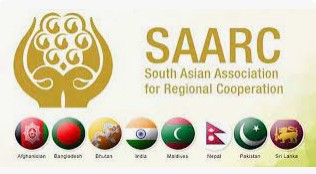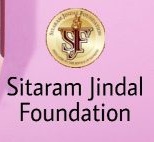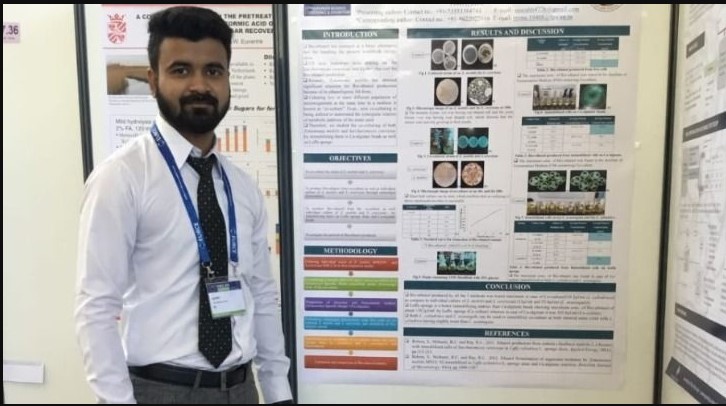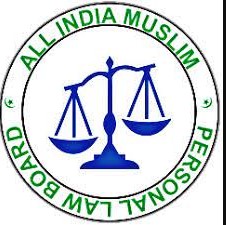
The South Asian Association for Regional Cooperation (SAARC) is an intergovernmental organization formed with the aim of promoting regional cooperation and integration among South Asian countries. Established on December 8, 1985, in Dhaka, Bangladesh, SAARC currently consists of eight member countries: Afghanistan, Bangladesh, Bhutan, India, Maldives, Nepal, Pakistan, and Sri Lanka. Together, these nations represent a significant portion of the global population, resources, and economy. This article provides an overview of the SAARC alliance, its objectives, organizational structure, major initiatives, and challenges faced in promoting regional cooperation.
Objectives:
The primary objectives of SAARC are to enhance cooperation among member states in various areas, including agriculture, trade, investment, technology, culture, and people-to-people exchanges. The organization aims to improve the standard of living, accelerate economic growth, promote social progress, and strengthen ties among the member countries. SAARC also seeks to address common regional challenges, such as poverty, illiteracy, terrorism, and environmental degradation, through collective efforts and cooperation.
Organizational Structure:
SAARC operates based on the principles of sovereign equality, territorial integrity, non-interference in internal affairs, and mutual respect. The organization's highest authority is the Summit, which is held annually and attended by the heads of state or government of member countries. The Summit serves as a platform for discussing regional issues, setting policies, and making decisions. SAARC has a secretariat located in Kathmandu, Nepal, which serves as the principal administrative and coordinating body. The secretariat is headed by the Secretary-General, who is appointed by the Council of Ministers for a fixed term.
Major Initiatives:
SAARC has undertaken various initiatives to promote regional cooperation and integration. The organization has established specialized bodies and mechanisms to address specific areas of cooperation. Some of the significant initiatives include:
1. SAFTA: The South Asian Free Trade Area (SAFTA) is a trade agreement aimed at promoting intra-regional trade by reducing tariffs and barriers. It was implemented in 2006 to create a free trade area among member countries, fostering economic integration and development.
2. SDF: The SAARC Development Fund (SDF) was established to finance development projects in the region. It provides funding for infrastructure development, poverty alleviation, and social projects through grants and concessional loans.
3. SAPTA: The South Asian Preferential Trade Agreement (SAPTA) was signed in 1993 as a precursor to SAFTA. SAPTA aimed to promote trade liberalization by granting preferential treatment to certain products from member countries.
4. SAARC Energy Ring: This initiative focuses on regional energy cooperation, including the development of cross-border power transmission infrastructure, sharing of energy resources, and promotion of renewable energy projects.
5. SAARC Cultural Centre: The Cultural Centre promotes cultural exchanges, heritage preservation, and artistic collaboration among member countries. It organizes events, exhibitions, and workshops to enhance cultural understanding and cooperation.
Challenges and Limitations:
Despite its noble objectives, SAARC has faced several challenges in achieving its full potential. Some of the major challenges include:
1. Bilateral Disputes: Historical and ongoing bilateral disputes between member countries, such as the India-Pakistan conflict and India-Nepal border issues, have hindered regional cooperation and trust-building.
2. Political Differences: Divergent political systems, ideologies, and foreign policy priorities among member countries have often resulted in limited consensus on regional issues and hindered progress.
3. Security Concerns: Terrorism, extremism, and cross-border security challenges have impeded regional cooperation and necessitated a focus on security cooperation rather than broader development goals.
4. Limited Connectivity: Inadequate physical infrastructure and connectivity between member countries have hampered trade, investment, and people-to










